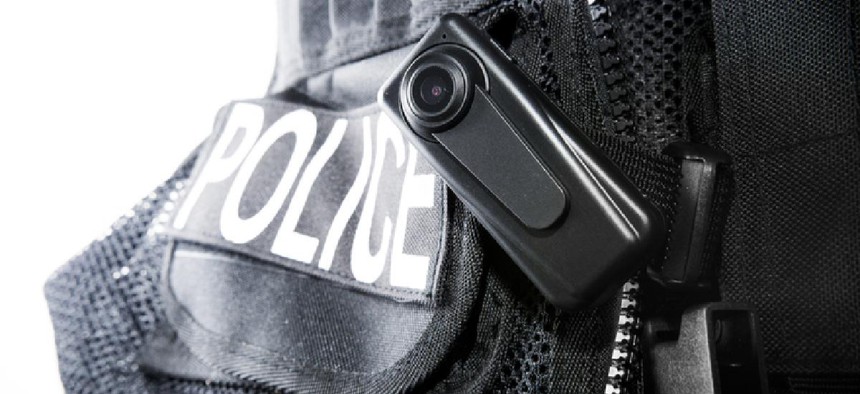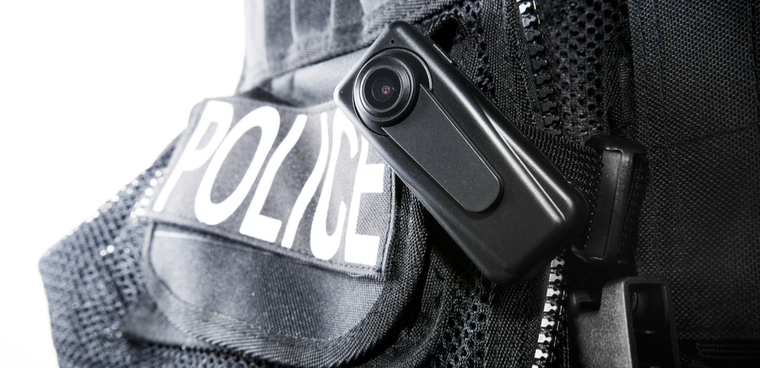CBP officers test body cams

The short-term cost is the camera, a former agency chief said. The big expense is with data storage and retrieval.

Customs and Border Protection is conducting a trial at ports of entry around the country that include body-worn and vehicle-mounted cameras and content management systems that the agency says it hopes will help with agent interaction with the public.
The six-month long trial of an Incident Driven Video Recording System (IDVRS), announced by CBP on May 1, will see a limited deployment of small video cameras mounted on border agents and vehicles.
"As the first federal law enforcement agency to complete a feasibility study of body worn cameras, we are now ready to deploy video cameras in border environments to evaluate their ability to document law enforcement encounters effectively," CBP Commissioner Kevin McAleenan said in a May 1 statement announcing the trial.
The technology will be tested at nine locations, running the gamut of land border crossings, marine operations and airports. The cameras will be evaluated in environments that include border line watch, border checkpoints, vessel interdictions and boardings, according to CBP.
"CBP is committed to continuous improvement, innovation, transparency and the highest standards of professionalism. We are constantly pursuing technologies and embracing those that further those goals," said Austin Skero, executive director of CBP's Law Enforcement Safety and Compliance Directorate in a May 2 statement to FCW.
"While strengthening the performance and accountability of CBP law enforcement personnel is certainly a benefit of IDVRS, the safety of our workforce is one of our highest priorities," he said.
If successful, the trial might lead to one of the largest deployments of body cameras in law enforcement, as the agency has over 45,000 federal agents and officers.
CBP conducted the body-camera feasibility study in 2014, under then-Commissioner Gil Kerlikowske. The study and subsequent field testing in 2015 ultimately found existing camera technology wasn't up to the brutal environmental conditions along the border.
"We experimented with body cams for the border patrol quite extensively," Kerlikowske said in an email to FCW on May 2. "The short term result was that we were unable find a camera that withstood that environment for more than a few months," he said. Dash cameras for pursuit vehicles at ports of entry were also considered at the time, he added.
Despite the disappointing vulnerability of the small video cameras then, the technology still appealed to agents on the ground, according to Kerlikowske. "The border patrol agents I met with who tested the body cams were enthusiastic and supportive of them," he said.
In an April 2 privacy assessment of the project, CBP said it is using commercial technology in a limited deployment for the current trial, but it could lead to a larger acquisition of the technology down the road.
The back-end storage and retrieval technology for the video data could be challenging, according to both the agency and Kerlikowske.
CBP noted that "many practical policy and privacy questions as well as the significant financial costs associated with deployment, maintenance, video data storage, training, and technology upgrades," have to be sorted out before the agency rolls out the new system.
Kerlikowske agreed. "The short term cost is the camera, the long term and greater cost is storage and retrieval," he said.
He said CBP could now have a better handle on the recurring costs of the systems, since fixed-video systems are common at federal agencies.
"We only had back of the envelope calculations, but there is a lot more data now on recurring cost since some agencies have had these for several years," he said.


